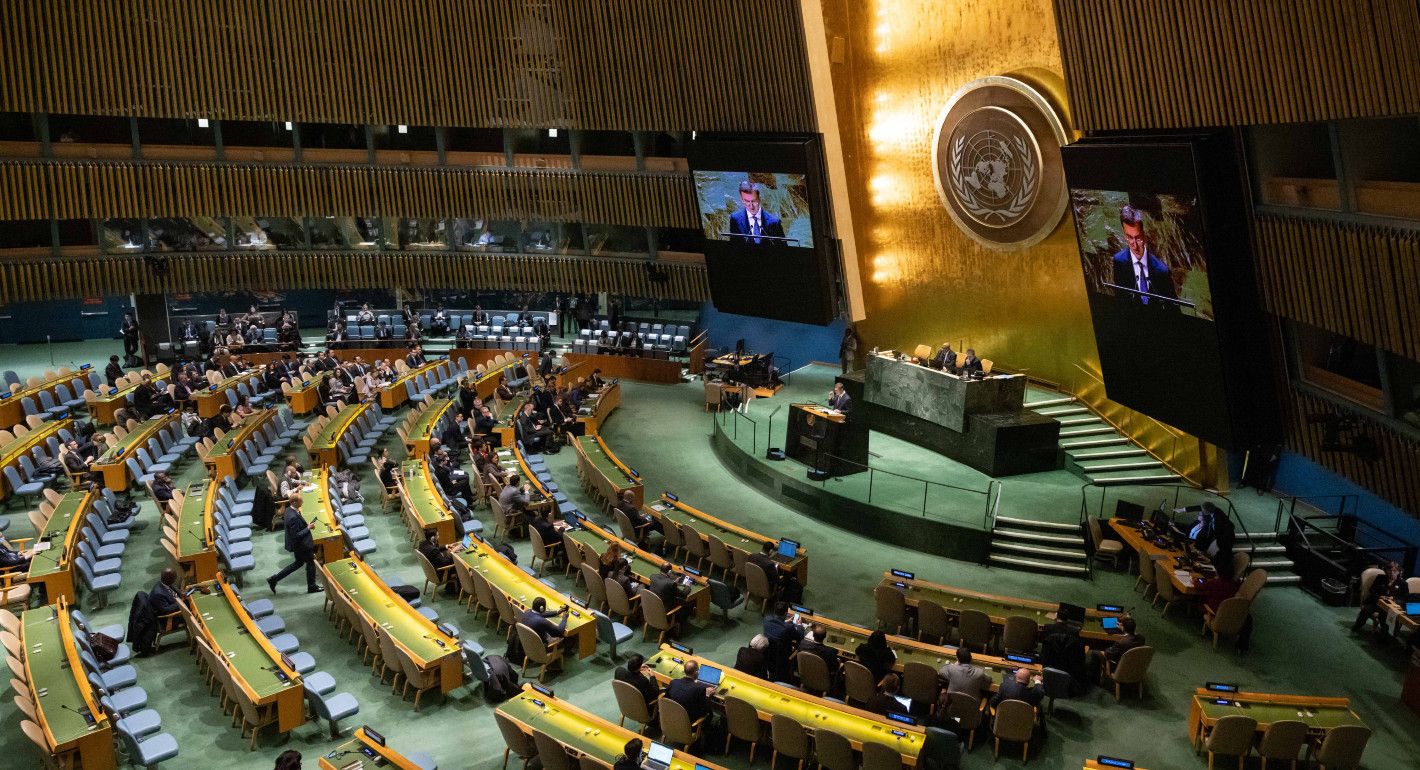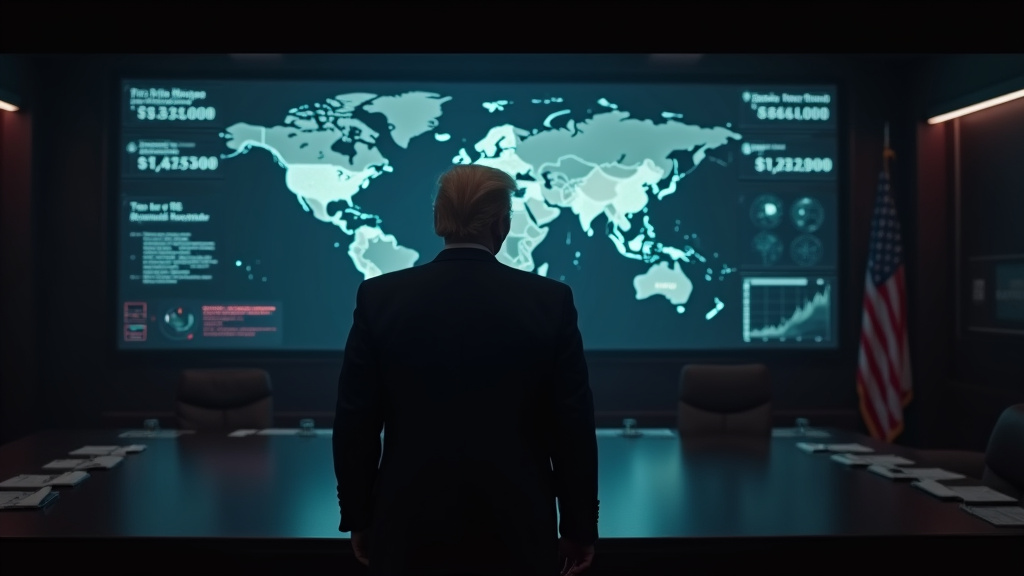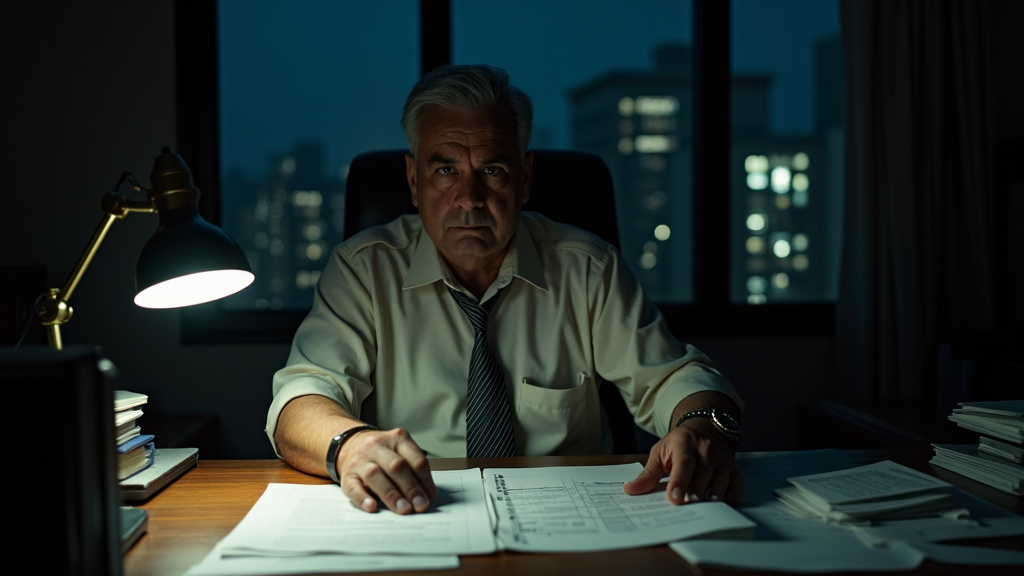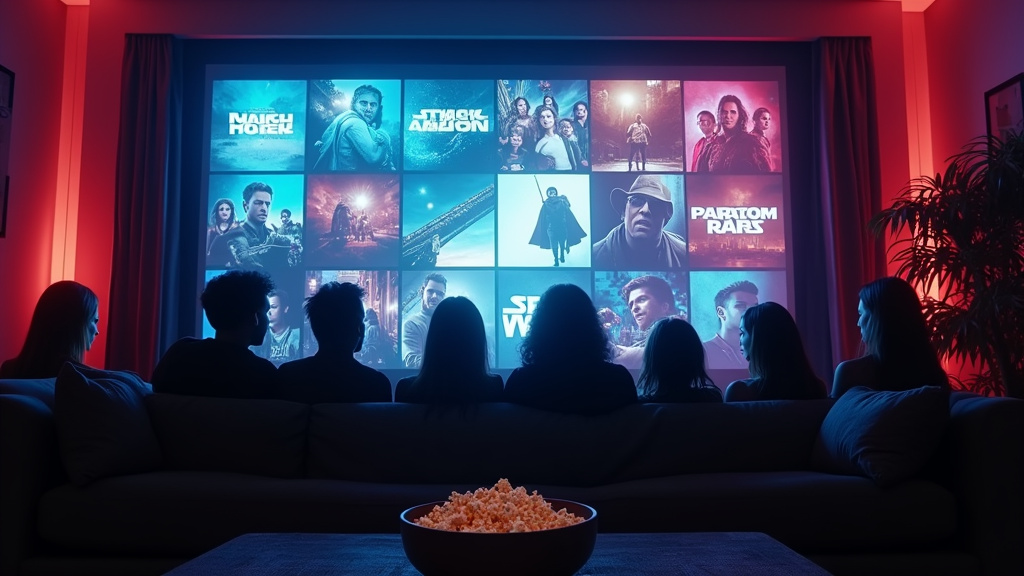In a significant diplomatic development, United States special envoy Steve Witkoff held a meeting with Russian President Vladimir Putin in Moscow, engaging in talks that lasted approximately three hours. The discussions were described as “useful and constructive,” with the primary objective of finding a potential breakthrough in the protracted war in Ukraine. This high-stakes engagement comes just days ahead of a critical White House deadline, by which Russia is expected to agree to a peace deal or face the imposition of further economic penalties.
Diplomatic Overtures and Signals Exchanged
Sources close to the discussions indicated that both the U.S. and Russian sides exchanged “signals” pertaining to the ongoing conflict in Ukraine. Beyond the immediate focus on de-escalation and peace, the talks also touched upon the broader landscape of potential strategic cooperation between Moscow and Washington. The extended duration of the meeting underscores the gravity and complexity of the issues at hand, reflecting a period of intense diplomatic activity aimed at navigating the volatile geopolitical situation.
White House Perspective on Engagement
A White House official, commenting on the proceedings, characterized the meeting as having gone “well.” The official also noted a discernible “eagerness” on Russia’s part to continue the dialogue and engagement with the United States. Despite this positive assessment of the interaction and Russia’s apparent willingness to keep channels open, the U.S. administration remains on track to impose secondary sanctions on Friday, signaling that diplomatic progress has not yet fully averted the planned punitive measures.
This current meeting between Witkoff and Putin highlights the intricate and often contradictory nature of international diplomacy during times of conflict. While direct engagement seeks to open avenues for peace, established policy timelines, such as the impending sanctions, suggest that underlying tensions and strategic disagreements persist. The outcome of these talks and the subsequent actions by both nations will be closely watched as they could significantly shape the trajectory of the conflict and the future of U.S.-Russia relations.
Broader Context of the Ukraine War Negotiations
The meeting occurs against a backdrop of continuous fighting in Ukraine, with both sides entrenched in their positions. Previous attempts at brokering a lasting peace have been met with limited success, making this latest round of high-level discussions particularly noteworthy. The White House’s decision to set a deadline for a peace agreement underscores the administration’s growing impatience with the prolonged conflict and its desire for a definitive resolution or, at the very least, a clear path forward.
The exchange of “signals” mentioned by Russian officials suggests that there may be underlying shifts in communication or a willingness to explore new diplomatic avenues, even if overt agreements have not yet been reached. The discussion of potential strategic cooperation, though broad, indicates a recognition by both parties of the need to manage their bilateral relationship even amidst significant international crises. This trending news signifies a moment where diplomatic efforts are being intensively pursued, even as the specter of further sanctions looms.
As the world monitors these developments, the effectiveness of such diplomatic maneuvers in achieving a de-escalation of the Ukraine war remains to be seen. The coming days will be crucial in determining whether the “useful and constructive” talks translate into tangible steps towards peace or if the existing geopolitical pressures will lead to further escalation and strained relations. This represents significant news in the ongoing global effort to address the conflict.















